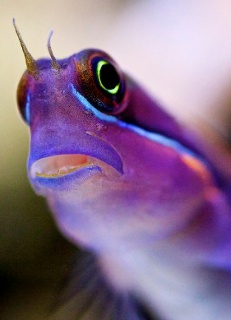$6 billion dollar industry at risk from cheap environmental choice
 The Great Barrier Reef Marine Park Authority has, after “rigorous assessment”, approved the disposal of dredge spoil within the Marine Park, making only minor requests in the granting of the dredge permit.
The Great Barrier Reef Marine Park Authority has, after “rigorous assessment”, approved the disposal of dredge spoil within the Marine Park, making only minor requests in the granting of the dredge permit.
The approval has been met with shock and dismay around the country, with the Authority (GBRMPA) accused of pandering to industrial interests over its charge to protect World Heritage-listed Reef.
The Great Barrier Reef is considered the source of sustainable tourism, fishing and scientific research income - it is estimated to provide over $6 billion to state and federal economies each year.
Now, parts of that permanent possibility will be removed in favour of relatively short-term gains from the export of coal.
Opposition to the plan and approval has come not only from environmental groups, but from the broad array of businesses and industries that rely on a healthy and inviting Reef for their livelihoods.
The Queensland Tourism Industry Council expressed “grave concerns” at the proposal, which were echoed by the Association of Marine Park Tourism Operators, Whitsunday Charter Boat Industry Association and Dive Queensland.
In its own discussion papers for the consultation period of the plan, GBRMPA said that “the overall health of the Reef, especially in the southern two-thirds of the Region, south of Cooktown and Port Douglas, has declined significantly.”
“A history of increased nutrient and sediment loads entering the Region, combined with a decade of extreme weather, has affected the Region’s ecosystem,” it said.
It appears now that part of the management plan to deal with these issues is to allow the dumping of 3 million tonnes of sea bed sediment in the southern two-thirds of the Region.
Concerns have been raised that the dumping will suspend sediment in underwater plumes, which would provide the perfect feedstock for an explosion in crown-of-thorns starfish.
Others have raised the possibility that the suspended sediment could migrate directly to the Reef, the nearest part of which is less than 40 kilometres from the dumping site.
There has been no comment yet from the UN body that administers the global World Heritage listings, but in its most recent assessment it did warn that more industrial expansion would find the Reef placed on the list of Heritage sites “in danger”.
Many have decried the approvals as short-sighted and selfish of the Queensland and Federal governments.
It is said that the Great Barrier Reef belongs to the whole world, if it belongs to anyone, and that it should be held up as an example of astounding natural beauty, and opportunity for education and a sight people travel around the world to see. For many, these aspects are a great deal more beneficial than gains made by using it as a cheap and easy shipping channel.








 Print
Print